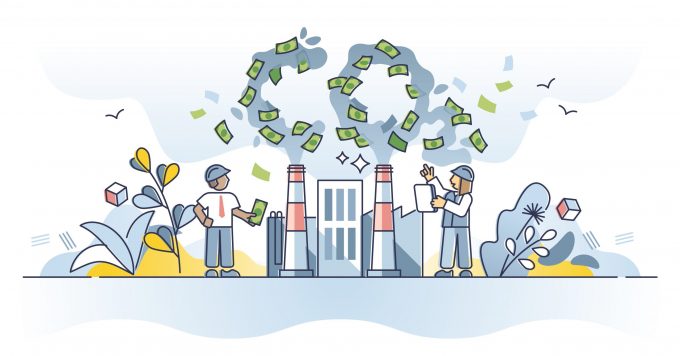Threat of rising oil price adds to frustration for crisis-hit supply chain chiefs
New warnings from the World Bank of surging oil prices, adding to the continuing instability ...

The imminent implementation of the EU ETS has seen carriers release their final surcharge rates for Q1 24: overly optimistic Hapag-Lloyd has almost doubled its initial estimate, while Maersk has significantly reduced its early figure.

The EU ETS takes effect on 1 January and will require owners to pay for EU allowances (EUAs) that correspond with their carbon emissions for their ships calling at EU ports.
The price of the EUAs remains highly volatile, as they change due to the bidding nature of purchase. Many of the major carriers have said they would revise their figures to correspond on a quarterly basis.
Hapag-Lloyd previously told The Loadstar reviewing figures on a quarterly basis would “cover market price fluctuations of the EUAs as well as changes in the emissions per subrelation, due to higher or lower fuel consumption profiles”.
Shippers transporting cargo on ‘green’ services will not have to pay, which Alphaliner said was “forcing shippers to weigh up the benefits of buying carbon allowances versus lowering emissions”.
Alphaliner also noted that MSC had been one of the only carriers to publicly share its methodology for calculating its surcharge. The carrier has created a formula for each trade based on the number of tonnes of CO2 emitted, divided by the number of teu being transported.
It will then apply this figure to the average quarterly price of the EUA index, multiplied by the applicable EU level. This will be phased in, at 40% in 2024, 70% in 2025 and 100% in 2026.
The fact that all the carriers are using different methodologies to calculate surcharge costs, and are not required to share their methods, adds yet another layer of complexity to this regulation.
Hapag-Lloyd told The Loadstar that to calculate figures, it used “the industry proven Clean Cargo Emission Calculation Methodology, which works with average emission factors based on a standardised utilisation round-trip”.
While the updated table (above) presents a much less varied range than initially offered, many shippers are likely to still be scratching their heads over how much they will be required to pay, and how this cost will be distributed across the value chain.
Comment on this article